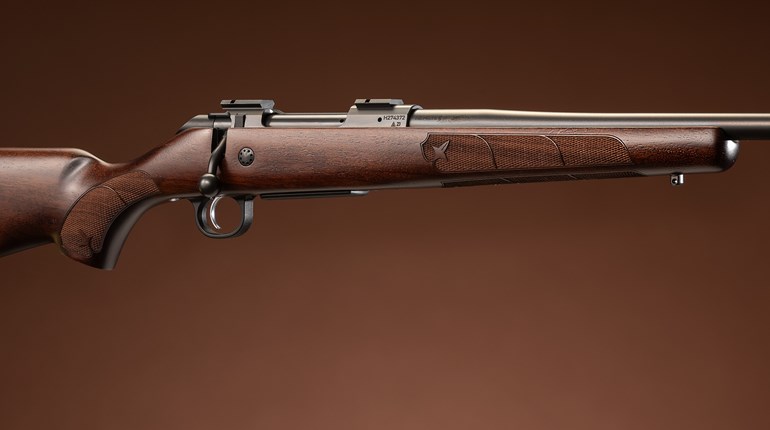
Test anxiety is a bummer; and, although that term may make you think of high school days, it also applies to situations beyond those involving pen and paper. Many states require some form of live-fire qualification before allowing you to carry a gun, as does nearly every law-enforcement entity. While such courses of fire will vary in round count and allowable firearms, almost all share the common ground of varying distances, and that is the core of this routine. Familiarity is the natural enemy of anxiety, so use this drill to take the fear out of test day—or to assess your own skills anytime.
Setting Up
The gear list for this drill is simple, as it’s designed to be compatible with both indoor and outdoor ranges without investing in outlandish accessories. Aside from eye and ear protection, you’ll want to bring a handgun with its appropriate holster and a spare magazine or speed loader if you’re running a revolver. I recommend choosing the equipment that you’ll likely carry for self-defense unless you are mandated to use a certain setup for the official test.
The same concept applies to targets. If possible, get the equivalent silhouette that you will have to shoot for score or something darn close to it. Lastly, a shot timer is required for the timed portions. Springing for a standalone unit will yield your best results; however, a basic stopwatch will suffice.
At Three Yards
The course of fire begins up close and works back. Three yards will be our shortest distance and where you will fire the second-most number of rounds. This will also serve as your warm-up.
1. Fill one magazine or cylinder with six rounds.
2. Load, engage safety (if applicable) and safely holster the firearm.
3. At the start command, draw and fire one controlled pair into the center mass of the target—the routine needs to be completed in less than 2.5 seconds for the score to count.
4. Repeat two more times for a total of six rounds fired.
5. Load six more rounds.
6. At the start command, draw and fire two shots center mass, followed by one shot to the head portion of the target.
7. Repeat one more time for a total of six rounds. Each routine needs to be completed in less than three seconds for the score to count.
At Seven Yards
As the vast majority of gunfights reportedly occur closer to seven yards, the bulk of this drill happens here.
1. Fill one magazine or cylinder with six rounds.
2. Load, engage safety (if applicable) and safely holster the firearm.
3. At the start command, draw and fire one controlled pair into the center mass of the target—the routine needs to be completed in less than 2.5 seconds for the score to count.
4. Repeat two more times for a total of six rounds fired.
5. Reload six rounds and position a second magazine or speed loader with six rounds on your person.
6. At the start command, draw and fire two shots center mass, followed by one shot to the head portion of the target. Reload and repeat.
Repeat one more time for a total of 12 rounds. Each routine needs to be completed in less than seven seconds for the score to count.
At 15 Yards
I consider this portion of the drill the most difficult, as it requires a balance between speed and accuracy. A bit of endurance also comes into play, as it is one long continuous string of fire.
1. Fill magazines and speed loaders with any combination of 12 rounds.
2. Load, engage safety (if applicable) and safely holster the firearm.
3. At the start command, draw and fire 12 shots into the center mass of the target. Reload only when empty.
The entire routine must be conducted in under 20 seconds for the score to count.
At 25 Yards
Marksmanship is a cornerstone of responsible concealed carry. This stage of the drill is designed to test whether you can make a tough shot in a tougher situation.
1. Fill magazines and speed loaders with any combination of eight rounds.
2. Load, engage safety (if applicable) and safely holster the firearm.
3. At the start command, draw and fire eight shots into the head portion of the target. Reload only when empty.
The entire routine must be conducted in under 30 seconds for the score to count.
When You’re Done
If you’ve conducted the drill correctly, you’ll have fired 50 rounds of ammunition. At a value of two points per shot, you are working toward an 80% hit rate to consider yourself well-prepared for whatever the test administrator might throw at you. Scorable center-mass hits are any that break the outline of the silhouette, while headshots should be limited to the area above the neckline. If your results aren’t looking so hot, identify the phase that seems to be giving you the most trouble and work with an instructor to help in those areas. If you scored 80% or more, consider reducing the times or working on a smaller silhouette. With a little imagination, this routine will serve you for many years before it gets stale.


































